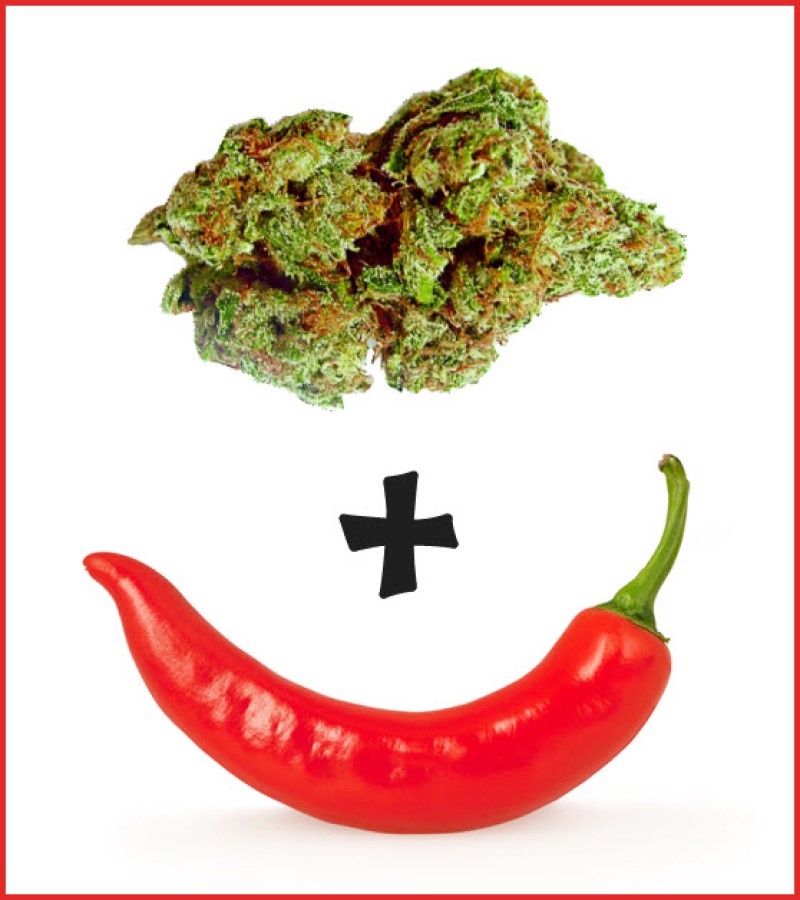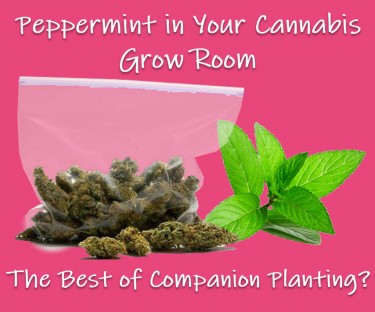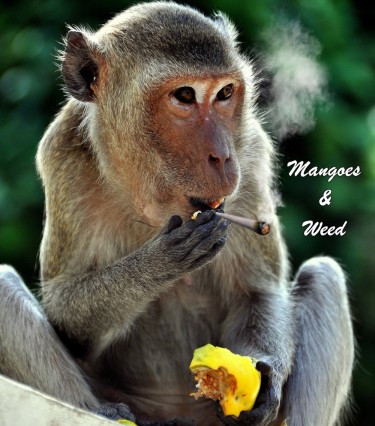
Cannabis and peppers are two unexpected combos that work well when consumed together. The human body and mind get a refreshing chill after consuming cannabis. On the other hand, peppers help to activate the central nervous system (CNS) and keep the senses alert. Both plants have different physical appearances and varying effects, but this has not stopped them from working together to induce the best results.
Cannabis and pepper contain phytochemicals and other anti-inflammatory compounds that make them the perfect pair for interacting with the endocannabinoid system while invoking other therapeutic reactions. If you're in search of the ideal edible combo, then cannabis and pepper are your best bet.
Cannabis and hot peppers
Cannabis lovers consume cannabis for its soothing, relaxing, or sedative effects. They enjoy the creative and uplifting experience that kicks in a few minutes after consuming the products. Hot peppers are common food ingredients that induce dopamine release while improving gut health. Food nutritionists say that the burning sensations experienced after consuming hot peppers help activate the sensory nerve endings.
Eating cannabis or hot peppers is usually followed by a buzzing sensation for entirely different reasons. It took a while for people to accept that these plant species are not as fundamentally different as they assumed. Studies show that both materials interact with the body's receptors similarly. Time to look into the shared properties between these species and how they function well together.
Similarities Between Cannabis and Hot Peppers
If you're wondering if these plants have anything in common, the answer is not so straightforward. First off, let's consider the first reactions that occur when she is consumed.
After smoking, vaping, or perhaps consuming edibles, the next thing that you're likely to do is to make a perfect position on a couch to let the feelings set in, meditate, listen to a music playlist or a podcast, see a movie, or have deep conversations with anyone around you. In contrast, after eating a plate-load of a spicy or peppery meal, in a few minutes, you'd be reaching for a cup of milk or water and panting in relief. There are pepper-loaded meals that may even have you wiping tears from your eyes at some point.
The similarities between these plant species cannot be observed in the activities that follow after they've been consumed. The similarities between these plants lie in the chemicals produced after being broken down in the body. Beneath the apparent reactions, these plants produce similar phytochemicals that target receptors in the endocannabinoid system.
The Endocannabinoid System (ECS)
The ECS includes two receptors and various target sites. The receptors CB1 and CB2 are activated by natural cannabinoids, after which they are synthesized and degraded by enzymes. The human body system uses the endocannabinoid system to maintain homeostasis, or internal balance, of the body.
Cannabis flowers are made up of various compounds, including cannabinoids. These cannabinoids function similarly as natural cannabinoids in the body. Endocannabinoid anandamide is a natural cannabinoid. When THC is consumed and broken down in the system, it mimics this natural compound by binding to the CB1 receptor to induce psychoactive reactions in the consumer. In the same vein, CBD functions like terpene beta-caryophyllene to attach to and activate the CB2 receptors. This process is known as biomimetic action.
The endocannabinoid system is also made up of other molecules and activation sites located at various locations across the body. One of the sites is the transient receptor potential vanilloid subtype 1 (TRVP1). This site is situated on vascular cells, smooth muscle cells, and sensory nerve fibers.
The receptors detect the phytochemicals in hot peppers in the ECS. Capsaicin, the active compound in hot peppers, induces the burning sensation detected after a forkful of a peppery meal is tasted and swallowed. The TRPV1 receptor receives this constituent to activate the ECS. Capsaicin performs in a similar fashion to the non-psychoactive compound in cannabis, CBD. Both molecules bind to the TRPV1 site to enable physiological effects that help calm the muscles and relax the user.
In some users, capsaicin is capable of elevating happy neurotransmitters. This action is similar to THC's effect of flooding the brain with dopamine to uplift the user's mood. Capsaicin and THC do not go through the same pathway to induce this happy sensation. The release of TRVP1 is perceived as noxious stimuli, which activates endorphins that help to relieve pain. These endorphins are the molecules that counter the buzzing or burning sensation felt when hot peppers are taken.
The receptors in the endocannabinoid systems also induce some physiological changes that help regulate physiological functions like temperature, inflammation, and digestion.
Meals with Cannabis and Hot Peppers
For this, cannabis is best consumed as edibles. Edibles are guaranteed to provide a more pronounced high that lasts longer than other consumption methods. For an additional phytochemical kick, you can infuse your hot peppers into your edibles, or you can add them to a cannabis-infused plate of your favorite dish. You can make something like a ganja hot sauce to feel the impact of the two plant species. You can use cannabutter or canna-honey to create a recipe of your choice. Make sure to adjust the quantity of cannabis in the meal to what you can handle.
It's also best to have your cup or jar of milk close to you if you're going to be adding a large number of hot peppers to your sauce.
Some of the dishes you can add your cannabis and hot peppers to are stir-fry, chili con carne, curry, pasta, and even pho.
Conclusion
Apart from stimulating your endocannabinoid system, there are many health benefits to eating either cannabis edibles or hot peppers. These plant species help with gut movement and provide the body with different nutrients that help satisfy the body's physiological needs. With hot peppers alone, you get a dose of vitamins C and B6, copper, and potassium. This combo is not only good for consumption; it's also perfect for intercropping on the same farm space. As in companion planting!
MORE ON PEPPERS AND MARIJUANA, READ THIS...
WHY YOU SHOULD ADD PEPPERMINT TO YOUR GROW ROOM!







